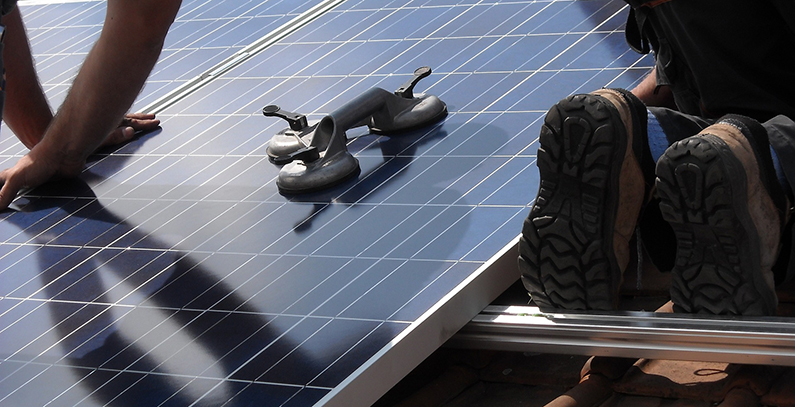
Photo: Maria Godfrida from Pixabay
Production of photovoltaic equipment is scheduled to begin at the end of April in Ankara’s organized industrial zone, OIZ, where Kalyon Group began the construction of its integrated plant. At the presentation, its representatives said they earmarked USD 400 million in the project.
Board member Haluk Kalyoncu claimed the unit would substitute USD 300 million in imports per year and employ 1,300 people including in research and development. The process is integrated which means components like ingots and cells will all be made by Kalyon in one place. The projected annual capacity is 500 MW.
The company said it would formally open the solar manufacturing hub in June. According to official plans, the panels will be used for the project of 1 GW in Karapınar in Konya, in the central part of Turkey. It was the first blueprint to be supported by the Renewable Energy Resources Areas (YEKA) scheme.
The giant solar power plant is under development in cooperation with China Electronic Technology Group Corp. or CETC. The government-controlled military surveillance contractor from the world’s most populous nation entered the business via its subsidiary CETC Solar Energy Holdings Co. Ltd. after the exit of South Korea’s Hanwha Q Cells Co. Ltd. It is owned by Hanwha Group’s affiliate Hanwha Chemical.
They won the tender for the power plant two and a half years ago with a bid of 6.99 United States cents per kilowatt-hour. The government in Ankara has agreed to provide a so-called super incentive of TRL 1.99 billion, currently worth USD 335 million and EUR 302 million.
Turkey’s authorities have been making rules more stringent, so investors in the production of electricity from the sun now have to source a minimum of 60% of modules domestically. YEKA’s backing is intended for 100 projects of 10 MW each in the country’s 39 provinces out of 81 in total.
The second round was scrapped in January, soon after the announcement. Developers will compete in the procedure scheduled for April 20.


















Be the first one to comment on this article.